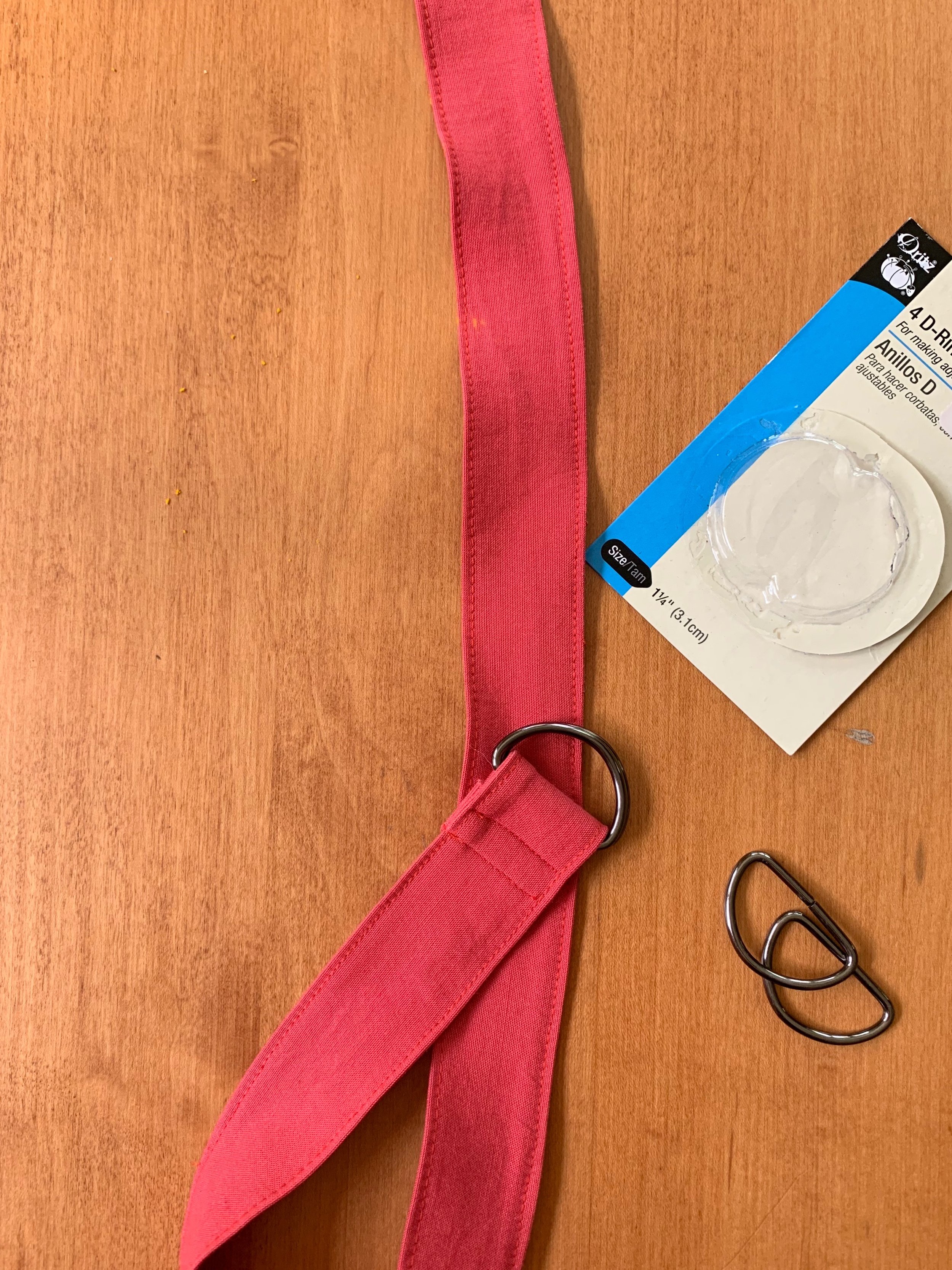Refashioned Linen Shirtdress
/Here’s a story about a remake times two. I have a navy linen shirtdress that I made for myself several years ago that proved to be an amazing wardrobe work horse. It was appropriate for practically every occasion: work, travel and play -dressy or casual. But- years later- it is now too faded and too small/short? to keep performing it’s all star role in my closet. I wear it around the house, but that’s about it- so I set about making a replacement.
I started this replacement shirt dress saga by making a kind of mashed up and hacked version of Grainline Studios’ Archer and Adler patterns. I have made several Archer shirts (blogged about here) and often use it as a base for other tops and dresses. For some reason, I was feeling extra and I added a waistline and a very big gathered skirt. This particular linen- purchased from Stone Mountain and Daughter Fabric -is a little bit opaque, so I thought a full skirt would eliminate the need for a lining- and maybe I was having a ball gown moment.
If we are talking about versatility- I think navy is a champion color and I have quite a bit of it in my wardrobe. Linen is also definitely an all-around versatile fabric. This particular light weight linen has dual magical properties: it is both crisp- see that collar- and it drapes.
I had fun twirling around in the dress for pictures and I liked it styled with different belts and shoes for different feels- but after the picture-taking session, the dress hung unworn in the closet – and lingered unworn, and almost disappeared. What the heck? I made this expressly because my other navy dress was so wearable.
So I decided the dress needed a significant overhaul- or refashion -to make it more wearable. I made a few key changes to the skirt and sleeves to give this dress a more easy going, laid back and much less structured feel.
Let the unpicking begin! First, I completely took off the skirt and reduced the fullness, which made a big difference in the feel of this dress. I added a full button closure down the entire length of the skirt, and I also attached a casing and made a drawstring waistline for comfort and super easy style. Last, I shortened the sleeves to relaxed elbow length. Now it’s a great one and done every day kind of dress.
It feels more versatile and I can still change it up a bit with belts, shoes and other accessories.
I love how linen is a season spanning fabric. This navy linen is suitable when the weather is cool, and we all know linen is the perfect fabric in a heat wave- and (surprisingly) it actually gets very hot and humid here in Minnesota in the summer. I wore the dress to brunch on the patio this weekend in extreme heat and it was perfect. This navy shirt dress- third edition- is a winner.









































